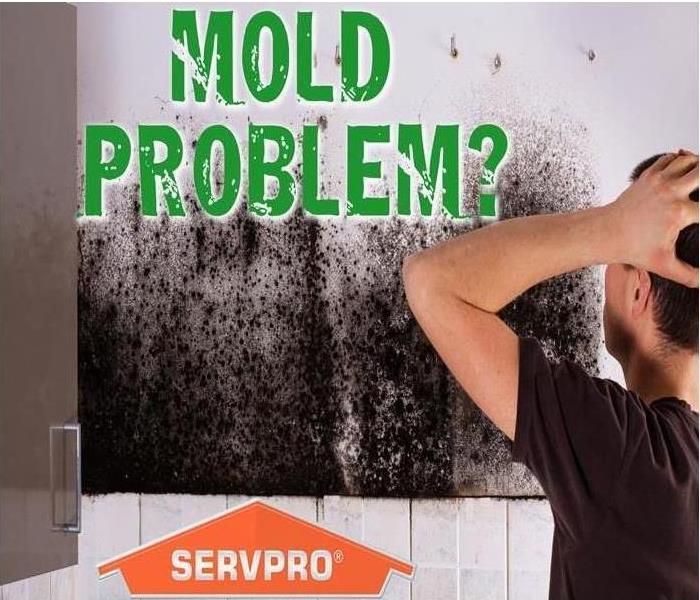Basic Mold Facts
5/22/2018 (Permalink)
What are molds?
Molds are fungi that can be found both indoors and outdoors. No one knows how many species of fungi exist but estimates range from tens of thousands to perhaps three hundred thousand or more. Molds grow best in warm, damp, and humid conditions, and spread and reproduce by making spores. Mold spores can survive harsh environmental conditions, such as dry conditions, that do not support normal mold growth.
What are some of the common indoor molds?
- Cladosporium
- Penicillium
- Alternaria
- Aspergillus
Where are molds found?
Molds are found in virtually every environment and can be detected, both indoors and outdoors, year round. Mold growth is encouraged by warm and humid conditions. Outdoors they can be found in shady, damp areas or places where leaves or other vegetation is decomposing. Indoors they can be found where humidity levels are high, such as basements or showers.
How can people decrease mold exposure?
Sensitive individuals should avoid areas that are likely to have mold, such as compost piles, cut grass, and wooded areas. Inside homes, mold growth can be slowed by controlling humidity levels and ventilating showers and cooking areas. If there is mold growth in your home, you should clean up the mold and fix the water problem. Mold growth can be removed from hard surfaces with commercial products, soap and water, or a bleach solution of no more than 1 cup of household laundry bleach in 1 gallon of water. Follow the manufacturers’ instructions for use (see product label).
If you choose to use bleach to clean up mold:
- Never mix bleach with ammonia or other household cleaners. Mixing bleach with ammonia or other cleaning products will produce dangerous, toxic fumes.
- Open windows and doors to provide fresh air.
- Wear rubber boots, rubber gloves, and goggles during cleanup of affected area.
- If the area to be cleaned is more than 10 square feet, consult the U.S. Environmental Protection Agency (EPA) guide titled Mold Remediation in Schools and Commercial Buildings.
- Always follow the manufacturer’s instructions when using bleach or any other cleaning product.
Specific Recommendations:
- Keep humidity levels as low as you can—no higher than 50%–all day long. An air conditioner or dehumidifier will help you keep the level low. Bear in mind that humidity levels change over the course of a day with changes in the moisture in the air and the air temperature, so you will need to check the humidity levels more than once a day.
- Use an air conditioner or a dehumidifier during humid months.
- Be sure the home has adequate ventilation, including exhaust fans.
- Add mold inhibitors to paints before application.
- Clean bathrooms with mold killing products.
- Do not carpet bathrooms and basements.
- Remove or replace previously soaked carpets and upholstery.






 24/7 Emergency Service
24/7 Emergency Service